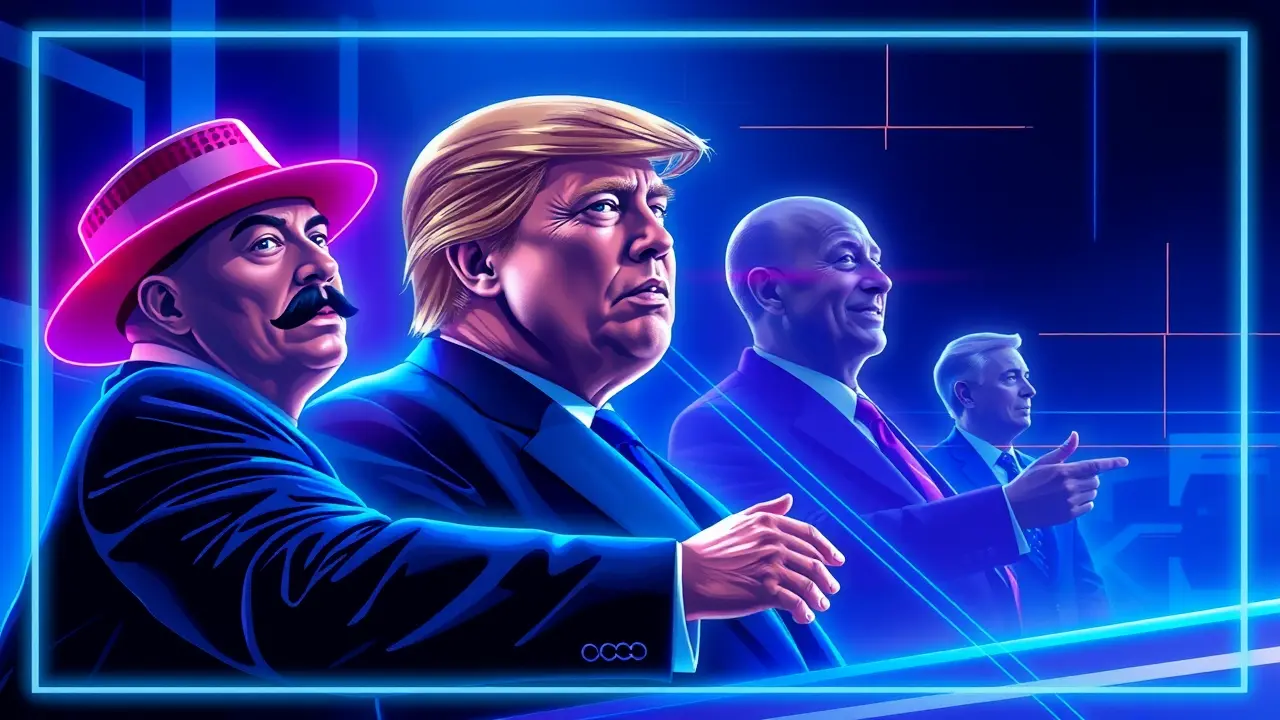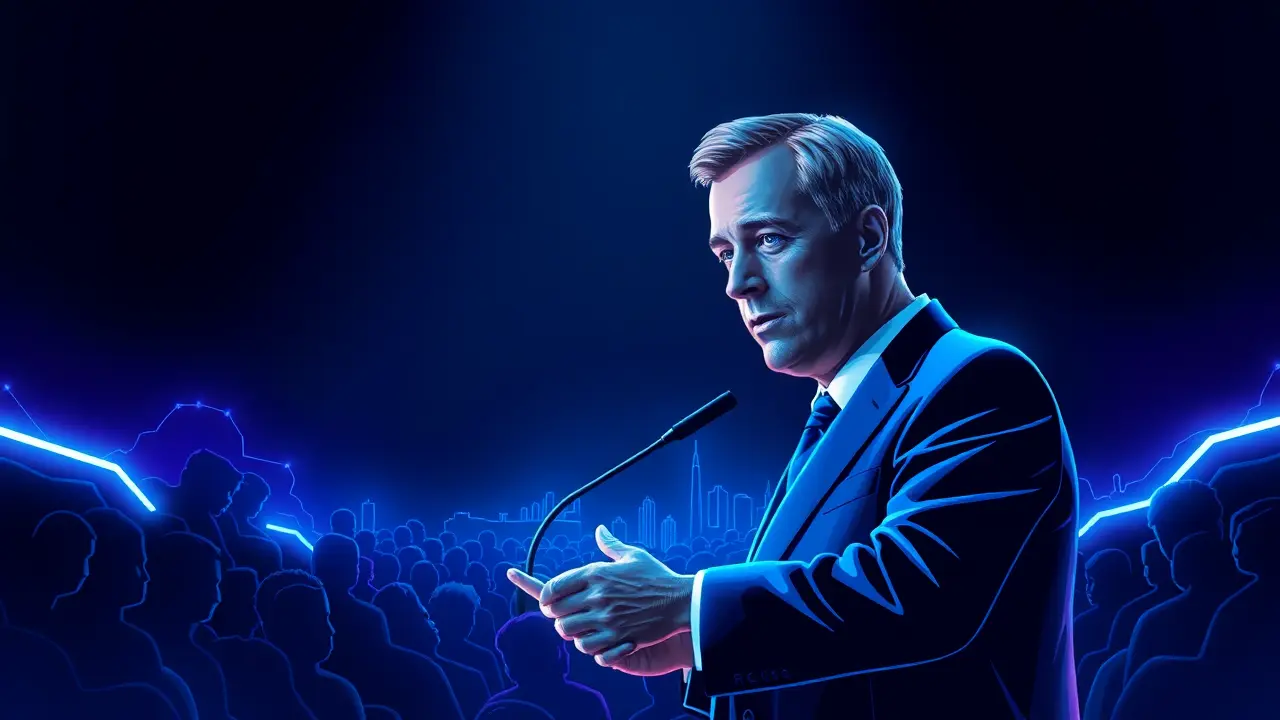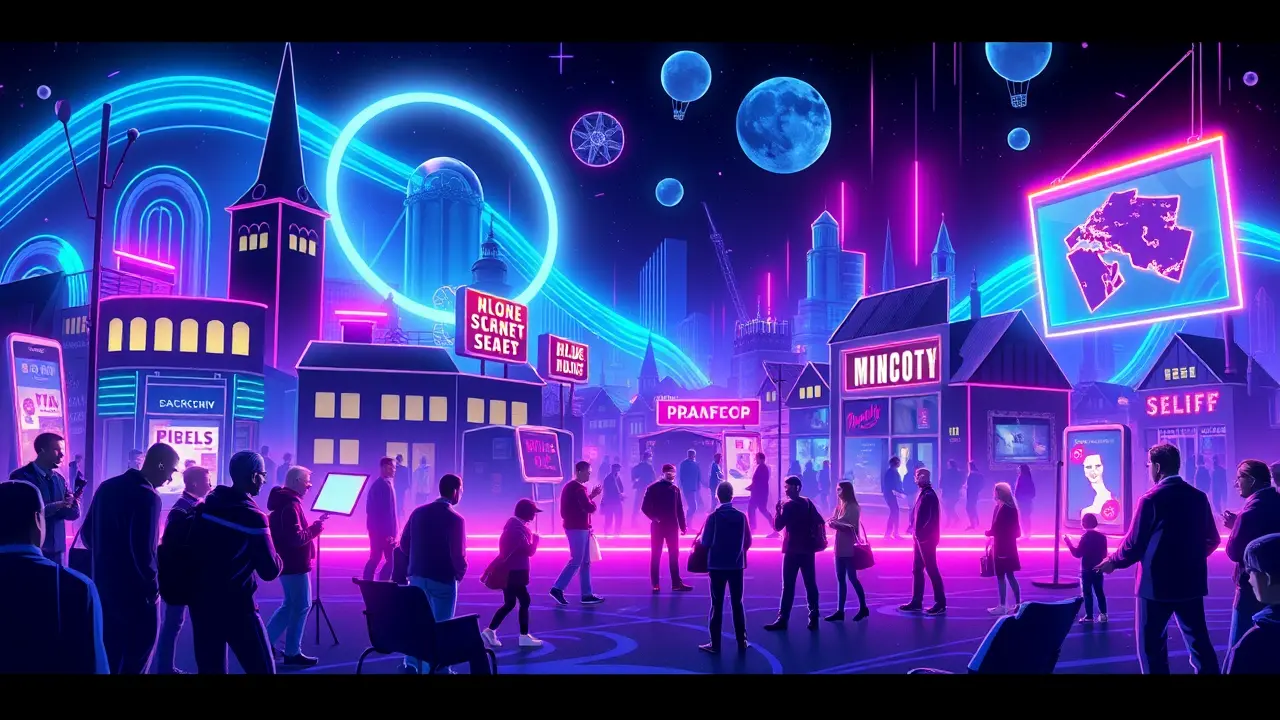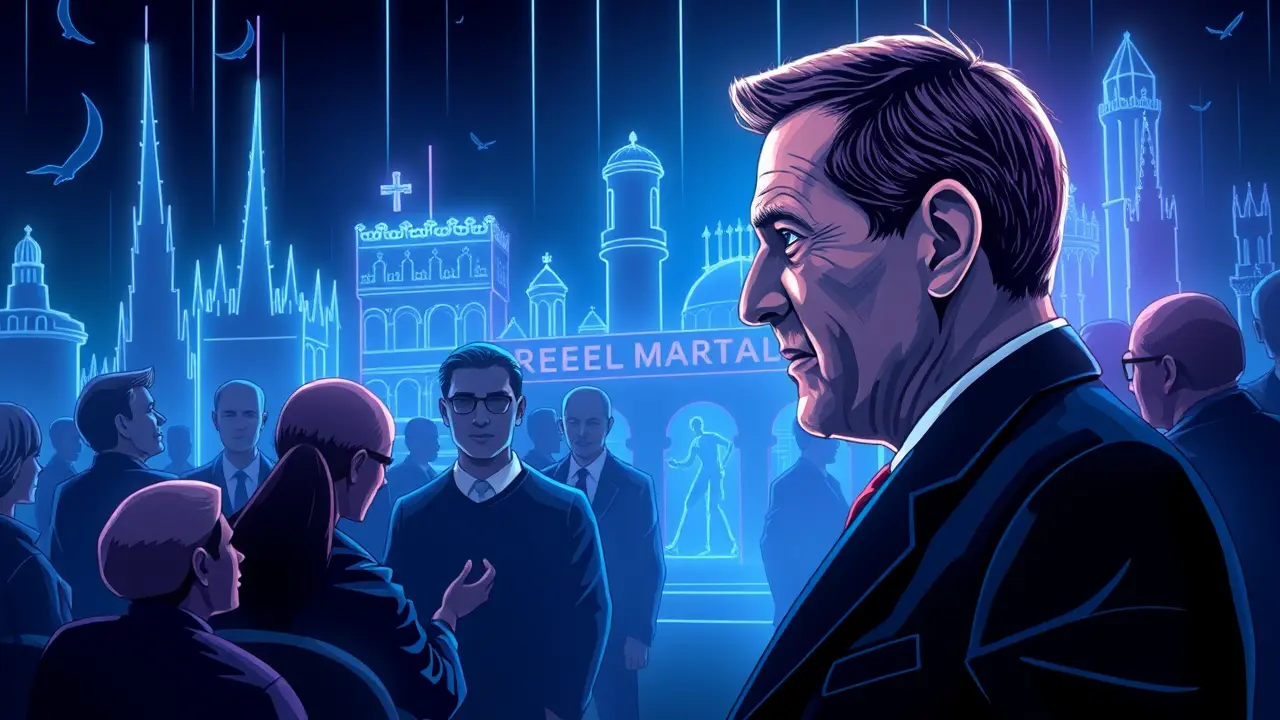
PoliticselectionsElection Campaigns
Trump's AI deepfakes align with his disinformation strategy.
MA
Mark Johnson
9 hours ago7 min read1 comments
In late September, President Donald Trump deployed a racist AI-generated video depicting House Minority leader Hakeem Jeffries wearing a Sombrero and mustache while Senate Minority leader Chuck Schumer delivered insulting remarks about Democrats—a clear escalation in political warfare tactics. Then, in mid-October, when Ontario’s government aired an anti-tariff ad featuring Ronald Reagan criticizing tariffs, Trump immediately labeled it an AI deepfake, falsely claiming Reagan supported tariffs.These incidents aren’t random; they’re strategic moves straight from the disinformation playbook that Steve Bannon famously described as 'flooding the zone with shit. ' The first part of this strategy involves saturating media channels with lies, half-truths, and manipulated content—whether through campaign speeches, social media blasts, or TV appearances.The second part systematically discredits legitimate journalism as 'fake news,' creating a fog of uncertainty where nothing can be trusted. AI deepfakes turbocharge this approach: by producing obviously fake videos like the one showing Trump in a fighter jet dumping waste on protesters, his camp normalizes synthetic media, making it easier to dismiss authentic evidence as fabricated.Legal scholars Danielle Keats Citron and Robert Chesney identified this dynamic in 2019 as the 'liar’s dividend'—where public skepticism benefits deceivers by casting doubt on real footage. As AI models improve, generating videos indistinguishable from reality, the line between fact and fiction blurs, leading to what Hannah Arendt warned about in *The Origins of Totalitarianism*: a populace that can no longer distinguish truth from falsehood.Trump’s allies are already testing deceptive deepfakes, like the National Republican Senate Committee’s video of Schumer cynically smiling over a government shutdown—a clip that used AI to manipulate context and imagery. Despite states like California and Texas updating election laws to ban AI deepfakes, the Federal Elections Commission hesitated in 2023, fearing overreach and free speech challenges.On Capitol Hill, Senators Amy Klobuchar and Lisa Murkowski pushed the AI Transparency in Elections Act to mandate disclaimers on synthetic political ads, but it stalled in committee. Meanwhile, AI companies’ watermarking efforts are easily bypassed via open-source models, and experts warn that foreign actors could exploit these tools in future elections.A 2024 Harvard survey found 83% of Americans fear AI-driven election misinformation, yet with Trump’s record of 30,000 false statements in one term and his willingness to incite the Capitol riot, the 2028 election could see all restraints vanish. For Trump, truth and lies are merely instruments—means to consolidate power in an era where disinformation thrives on public fatigue and technological chaos.
#featured
#Donald Trump
#deepfakes
#disinformation
#election interference
#AI regulation
#fake news
#liar's dividend
Stay Informed. Act Smarter.
Get weekly highlights, major headlines, and expert insights — then put your knowledge to work in our live prediction markets.
Related News
© 2025 Outpoll Service LTD. All rights reserved.








